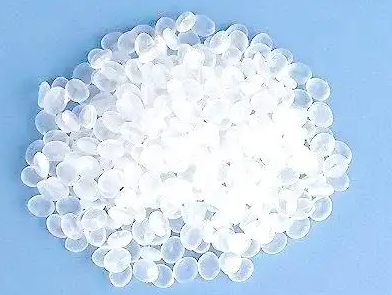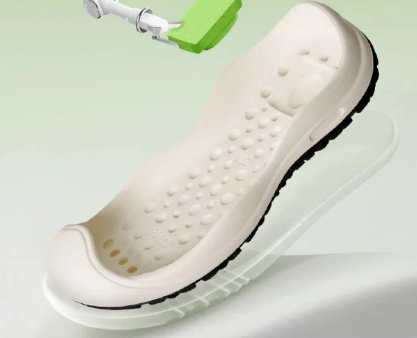PU, or polyurethane, is a synthetic material known for its high density, weight, and lasting elasticity. It boasts excellent cushioning and oxidation resistance, ensuring it maintains its cushioning performance even after prolonged wear. However, PU also has some drawbacks, such as a tendency to yellow, water sensitivity, and poor stretchability. On the other hand, EVA (ethylene/vinyl acetate polymer) is also a commonly used midsole material. This material was first introduced into running shoe manufacturing by the American brand Brooks.

EVA material is favored for its softness and high elasticity, and it's also quite affordable. However, it also has some drawbacks, such as its strong memory effect, which gradually reduces its cushioning after prolonged wear. Furthermore, EVA material tends to harden underfoot after a period of wear, mainly due to the air being squeezed out by repeated footsteps.

Despite this, EVA remains widely used in the production of running shoe midsoles. Many running shoe brands, such as Asics, New Balance, Brooks, and Saucony, utilize EVA or its derivatives, incorporating other polymer technologies to create unique patented midsoles. Examples include Asics' Cushlon, Phylon, and Luarlon technologies, New Balance's Fresh Foam, and Brooks' MoGO BioMO GO technology.
It's worth noting that Nike's Phylon midsole (MD) is a product of EVA undergoing two foaming processes. This material is heated and molded during manufacturing, with the temperature directly affecting its hardness and density. MD material is lightweight, elastic, and offers excellent cushioning stability, but its complex manufacturing process also results in a relatively high price.

In addition, TPR (thermoplastic polyurethane elastomer) is also a common running shoe material. It is formed by hot-melting and injection molding, followed by physical foaming and critical technology processing to create the familiar "popcorn" TPU foam material. This material has excellent elasticity and physical properties, providing running shoes with outstanding comfort and support.
Finally, PEBAX elastomer is also a high-performance material. Developed by Arkema, it is a block polymer composed of rigid polyamide blocks and soft polyether blocks. This material has excellent toughness and elasticity, reducing energy loss and possessing extremely strong resistance to cold impact. At the same time, it is lightweight, 20% lighter than low-density polymers, exhibiting excellent robustness. However, this material also has some drawbacks, such as being prone to wrinkling and affecting aesthetics. This material is also used in high-tech running shoes, showcasing its superior performance and quality.




